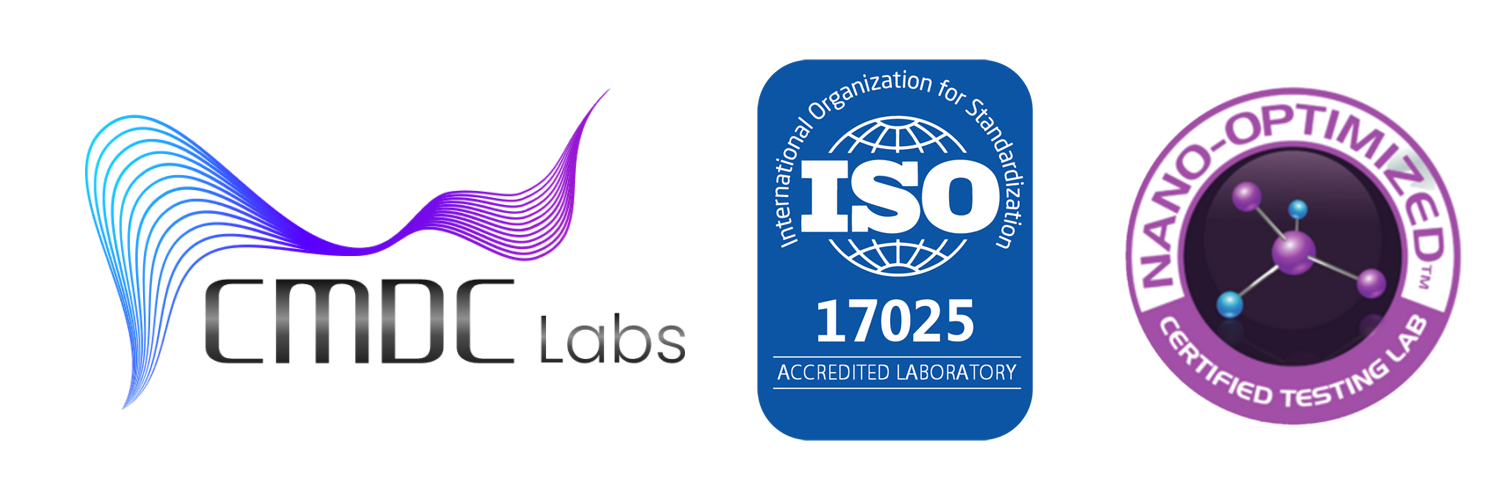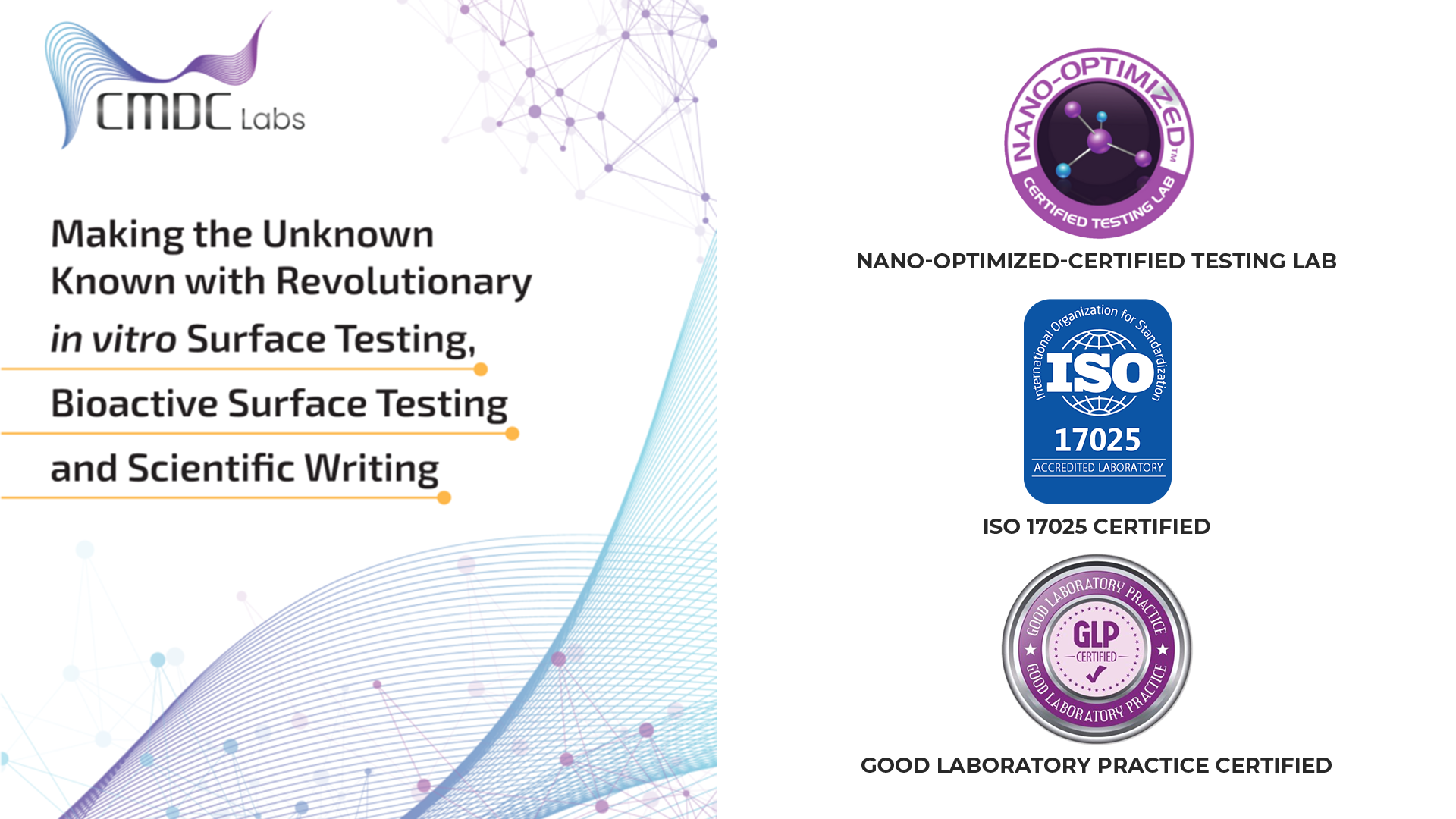Microbiology testing plays a pivotal role in safeguarding public health and ensuring the quality and safety of products across various industries. In this article, we take a comprehensive journey into the intricate processes involved in microbiology testing, shedding light on the methodologies, challenges, and significance of each step.
1. Sample Collection:
The journey begins with the collection of samples from diverse sources such as raw materials, production environments, and finished products. Rigorous protocols are established to ensure representative and contamination-free sampling, laying the foundation for accurate testing.
2. Transportation and Preservation:
Preserving the integrity of samples during transportation is critical. Proper preservation methods, including temperature control and suitable packaging, prevent alterations in the microbial composition before reaching the laboratory.
3. Initial Processing:
Upon arrival at the laboratory, samples undergo initial processing. This may involve homogenization, dilution, or other techniques to prepare the sample for specific testing procedures. Standardized protocols are followed to maintain consistency.
4. Microbial Isolation:
Microbial isolation is a fundamental step, aiming to separate and identify individual microorganisms present in the sample. Techniques like streak plating, spread plating, or membrane filtration are employed, depending on the nature of the sample.
5. Culture and Incubation:
Isolated microorganisms are cultured on suitable media and placed in controlled incubation conditions. This step allows the microorganisms to proliferate, making subsequent identification and characterization more feasible.
6. Identification and Characterization:
Advanced techniques, including biochemical assays, molecular methods, and automated systems, are utilized for the identification and characterization of microorganisms. Accurate identification is crucial for understanding the potential impact on product safety and quality.
7. Antimicrobial Susceptibility Testing:
In cases where pathogenic microorganisms are identified, antimicrobial susceptibility testing is conducted. This step helps determine the most effective treatment options and contributes to the development of strategies for microbial control.
8. Data Analysis and Reporting:
The generated data undergoes meticulous analysis, and the results are compiled into comprehensive reports. Clear and concise reporting is essential for clients to understand the microbiological status of their products and environments.
9. Quality Control and Assurance:
Throughout the entire process, strict quality control measures are implemented. Laboratories adhere to international standards, such as ISO 17025, to ensure the accuracy and reliability of results. Regular proficiency testing and internal quality checks contribute to the overall quality assurance framework.
10. Client Consultation:
The final step involves a consultation with the client. Laboratories provide insights into the results, discuss potential corrective actions if needed, and offer guidance on maintaining microbiological control moving forward.
Antimicrobial SusceptibilityConclusion:
The journey of a sample through microbiology testing processes is a meticulous and scientifically guided expedition. From collection to consultation, each step contributes to the overarching goal of ensuring the safety, quality, and compliance of products in diverse industries.

